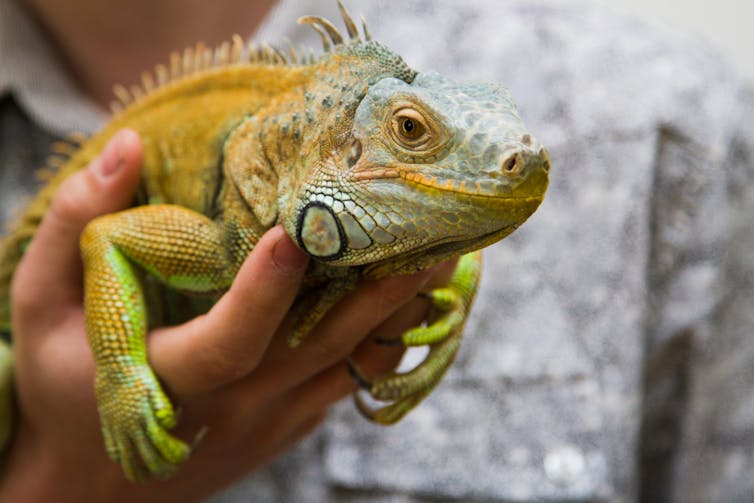Using Mini-Genomes to Study Deadly Diseases
One of the major problems faced by scientists when studying contagious diseases is the threat of scientists themselves contracting the studied disease. In some cases researchers work in specialised labs with high security and lots of personal protection equipment. However, this is not always practical option. I recently spoke to Rebekah Penrice-Randal, a 1st year PhD student in IGH, about her project on Ebola and how she is using mini-genomes to study them without the risk of infection.
First, what is Ebola? Ebola (also known as Ebola Virus Disease or Ebola Hemorrhagic Fever) is a viral disease that has been in the news in the past few years, especially 2014-16 mainly due to a major outbreak that occurred in west and central Africa. According to the World Health Organisation (WHO) there were around 28,000 cases and over 11,000 deaths and there is currently no licenced vaccine for this disease.
Patients who contract Ebola deteriorate very quickly. Within 2-21 days of becoming infected sufferers can start with symptoms including: fever; headache; muscle weakness and a sore throat. These often progress to vomiting and diarrhoea, stomach pain and unexplained bleeding (haemorrhages).
The disease is spread through direct contact: through broken skin; contaminated bodily fluids; contaminated needles. Ebola can also be contracted from infected animals such as bats, apes or monkeys. The virus often remains undetected by the immune system in certain bodily fluids e.g. semen, breast milk, ocular (eye) fluid and spinal column fluid even after someone has recovered.
So now we know what Ebola is, what are mini genomes and how do they help in the study of this disease?
Viruses have genes, some of which allow them to replicate or make more of themselves when they are within host cells. These genes have a start and stop regulatory sequence which tells the cell machinery that transcribes the genes where the gene starts and where it finishes(Transcription is the process by which the genes are converted into messenger RNA, an intermediated step which is then converted into proteins). A mini-genome is a shorter version of the Ebola genome. The regulatory sequences are kept but the viral genes in-between that make the virus ‘infective’ are removed and replaced with a reporter gene. A reporter gene is simply a gene which has easily identifiable and selectable markers, one such example is green fluorescent protein (GFP), naturally produced in jellyfish which, when expressed, fluoresces in green. The amount of fluorescence can then be easily measured.
A change in the environment can affect the regulatory sequences and in turn the amount of protein that is produced and measured. These mini genomes can be inserted into a bacterium like E. coli and when environmental conditions are changed the effects to the mini genome genes can be seen. This means you can study the transcription and replication of these genes safely and without the dangerous viral genes being produced.
Rebekah is also going to compare the transcriptomes i.e. the measure of all genes that are expressed at a particular time, both of the mini genome infected cells and the actual Ebola infected cells. This will allow her to see how representative the mini genomes are as a model. This can also show how the disease can differ depending where in the world a sample is collected and can show natural variation within the virus. Furthermore, when the environmental conditions are changed, such as by reducing the amount of oxygen, the evolution of the virus under those conditions can also be seen.
This research will contribute in the quest to understand and put an end to this deadly disease.
Eleanor Senior is a 3rd Year PhD student in IGH studying the bovine parasite Tritrichomonas foetus.















